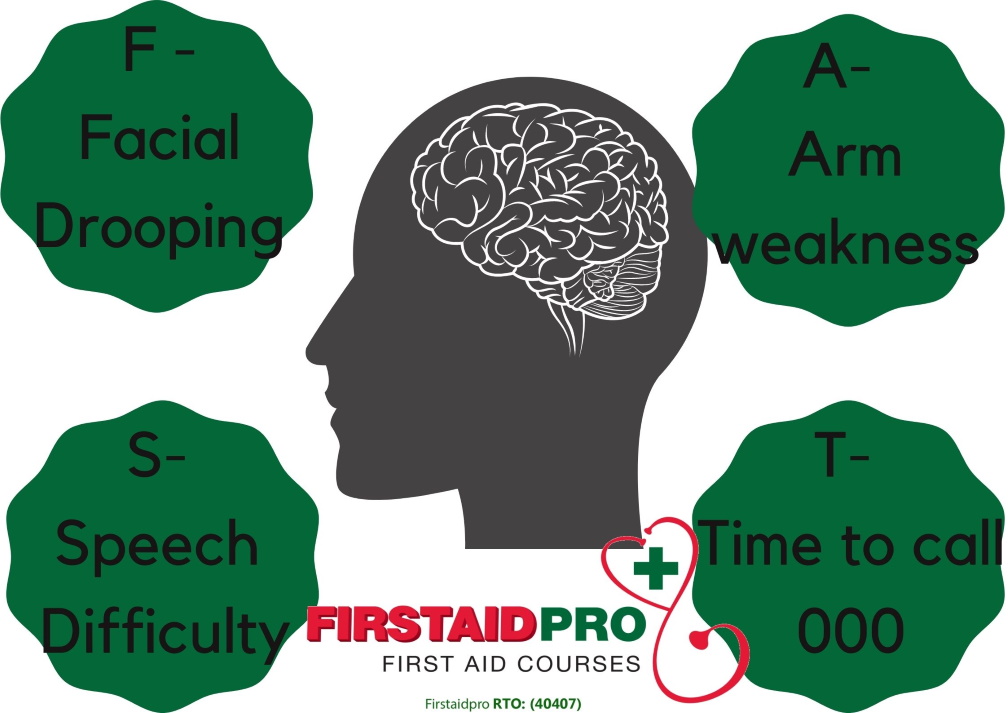How to recognise the signs of a stroke
- Written by Darcy Colwill

What is a stroke?
A stroke occurs when the tissue in your brain does not receive adequate blood flow.
What causes a stroke?
A stroke happens when blood cannot get to your brain. Your brain needs the oxygen and nutrients in the blood to function. There are two different types of stroke. An Ischemic stroke occurs when the blood is blocked from getting to your brain tissue by a blood clot, or a hemorrhagic stroke when an artery within your brain bursts.
What does a stroke feel like?
People who are experiencing a stroke often feel weak or numb on one side of their body. They may also lose some of their sight and general sensation in their body.
What are the signs of a stroke?
FAST can often describe the symptoms of a stroke by using FAST:
F- Facial drooping. Get them to smile. Is one side of their face numb or not responding?
A-Arm Weakness. Ger them to lift both arms. Is one more downward than the other?
S-Speech difficulty. Is their speech slurred? Are they finding it difficult to speak?
T- Time to call for medical attention. Dial 000
What to do if someone has a stroke
If you suspect someone is having a stroke, follow the FAST rules. Get them to smile, look closely at their face, is one side lower than the other? When you ask them to lift both arms above their head, can they lift one higher than the other? Ask them a question, can they understand you? Can you understand their response? Are they slurring their words?
The sooner you can notice the symptoms of a stroke it reduces the risk of brain damage and improves the chances of full rehabilitation.
How can I prevent a stroke?
Lifestyle plays a big part in your risk of having a stroke. High Cholesterol and high blood pressure are stroke risk factors but can be improved by lifestyle changes. Cutting down the salts and fats in your diet, being in a healthy weight category and exercising more will minimise your risk. Smoking and alcohol consumption should also be lowered or cut.
Stroke risk factors are also increased for people with type 2 diabetes and AF (Atrial fibrillation).
If you have a family history of stroke, you should be cautious with your health choices.
What to expect after a stroke
The damage caused to a person by a stroke and their chances of rehabilitation is impacted by the amount of time that blood could not flow to the brain.
It is also affected by the type of stroke, the location of the blocked or burst artery, health and activity levels before the stroke, the part of the brain, and the amount of tissue permanently damaged.
Every person who experiences a stroke will experience the recovery process differently and may be affected differently.





